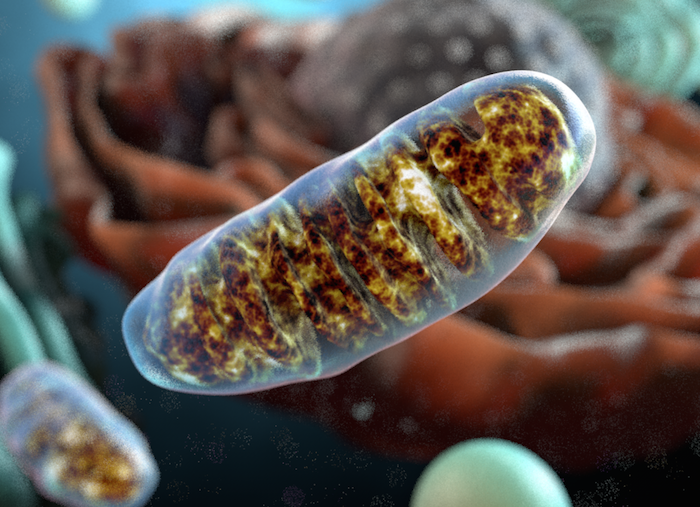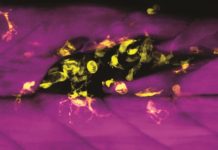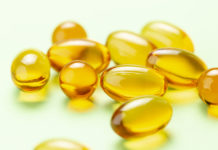Nicotinamide riboside (NR) is an amazing form of vitamin B3 that has previously been shown in numerous studies to be effective in boosting metabolism. Now a team of researchers at the Ecole Polytechnique Federale de Lausanne (EPFL) have unveiled even more of its secrets. In an article published in Science they describe the positive effects of NR on the functioning of stem cells, effects that can only be described as restorative.
Like all mammals, as mice age, the regenerative capacity of certain organs (such as the liver and kidneys) and muscles (including the heart) diminishes. Their ability to repair them following an injury is also affected. This leads to many of the disorders typical of aging.
The researchers wanted to understand how the regeneration process deteriorates with age. To do so, they measured several markers to identify the molecular chain that regulates how mitochondria – the “powerhouse” of the cell – function and change with age. The role that mitochondria play in metabolism has already been amply demonstrated, “but we were able to show for the first time that their ability to function properly was important for stem cells,” said lead researcher, Johan Auwerx.
Under normal conditions, these stem cells react to signals sent by the body to regenerate damaged organs by producing new cells. At least in young bodies. “We demonstrated that fatigue in stem cells was one of the main causes of poor regeneration or even degeneration in certain tissues or organs,” said Hongbo Zhang, a PhD student on the team.
This is why the researchers wanted to “revitalize” stem cells in the muscles of elderly mice. And they did so by precisely targeting the molecules that help the mitochondria function properly. They gave nicotinamide riboside to 2-year-old mice, which is an advanced age for them. “This substance, which is close to vitamin B3, is a precursor of NAD+, a molecule that plays a key role in mitochondrial activity. And our results are extremely promising: Muscular regeneration is much better in mice that received NR, and they lived longer than the mice that didn’t get it.”
Parallel studies have revealed a comparable effect on stem cells of the brain and skin. “This work could have very important implications in the field of regenerative medicine,” said Auwerx. “We are not talking about introducing foreign substances into the body but rather restoring the body’s ability to repair itself with a product that can be taken with food.” This work on the aging process also has potential for treating diseases that can affect – and be fatal – in young people, like muscular dystrophy (myopathy).
So far, no negative side effects have been observed following the use of NR, even at high doses. But caution remains the byword when it comes to this elixir of youth: it appears to boost the functioning of all cells, which could include pathological ones. Further in-depth studies are required.
Source: Hongbo Zhang, Dongryeol Ryu, Yibo Wu, Karim Gariani, Xu Wang, Peiling Luan, Davide D’amico, Eduardo R. Ropelle, Matthias P. Lutolf, Ruedi Aebersold, Kristina Schoonjans, Keir J. Menzies, Johan Auwerx. NAD repletion improves mitochondrial and stem cell function and enhances lifespan in mice. Science, 2016 DOI: 10.1126/science.aaf2693.















